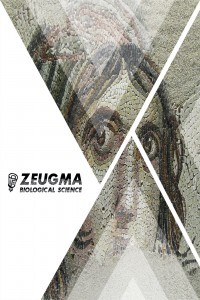Abstract
Kidney stone is a complex disease resulting from environmental as well as hereditary factors and principally composes of approximately 75% calcium oxalate (CaOx) crystals, which are formed through a multi-step process. Osteopontin gene was identified by isolating cDNA from cultured rat osteosarcoma cells in 1986. Osteopontin gene located on human chromosome 4 (4q22.1). This gene encodes several non-collagenous bone and dentin proteins. In this study, 93 normal control samples and 92 kidney stonedisease samples that were grouped according to the types of kidney stone disease and clinical characteristics of patients, including gender and average age were observed with restriction fragment length polymorphism (RLFP) technique.58 patients and 43 controls displayed the “C or G” / “C or G” genotype, 48 patients and 34 controls displayed T / “G or C” genotype. Since there is no appropriate restriction enzyme to recognize the G or C nucleotide in that position, it could not be possible to discriminate the C-G nucleotides. Additionally no T/T genotype was observed. The results werefound statistically significant by chi-square test (p < 0.05). In conclusion,the analysis of the polymorphism showed that OPN gene might be a risk factor for kidney stone formation, and suggesting that genetic polymorphisms in OPN gene modify individual susceptibility to nephrolithiasis.
Keywords
References
- DR. Mehmet Ozaslan, Gaziantep University, Gaziantep, Turkey.
Abstract
References
- DR. Mehmet Ozaslan, Gaziantep University, Gaziantep, Turkey.
Details
| Primary Language | English |
|---|---|
| Subjects | Genetics |
| Journal Section | Research Articles |
| Authors | |
| Publication Date | January 26, 2021 |
| Submission Date | December 23, 2020 |
| Published in Issue | Year 2021 Volume: 2 Issue: 1 |


